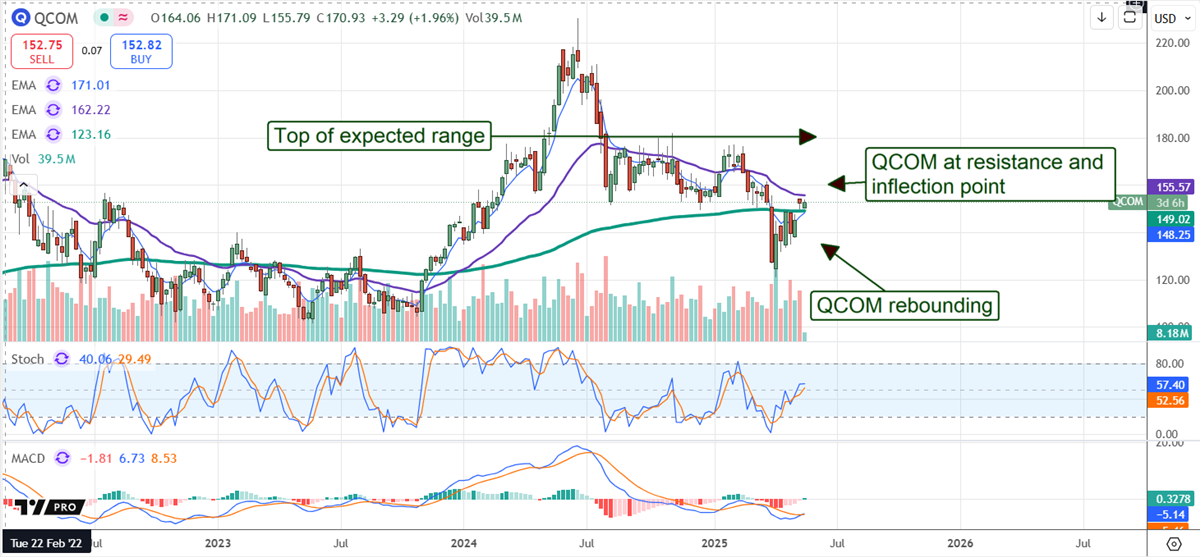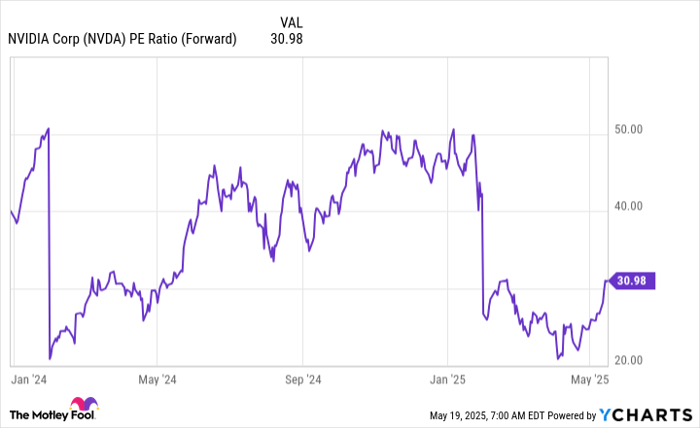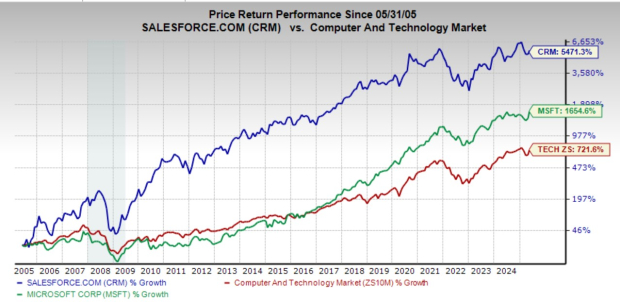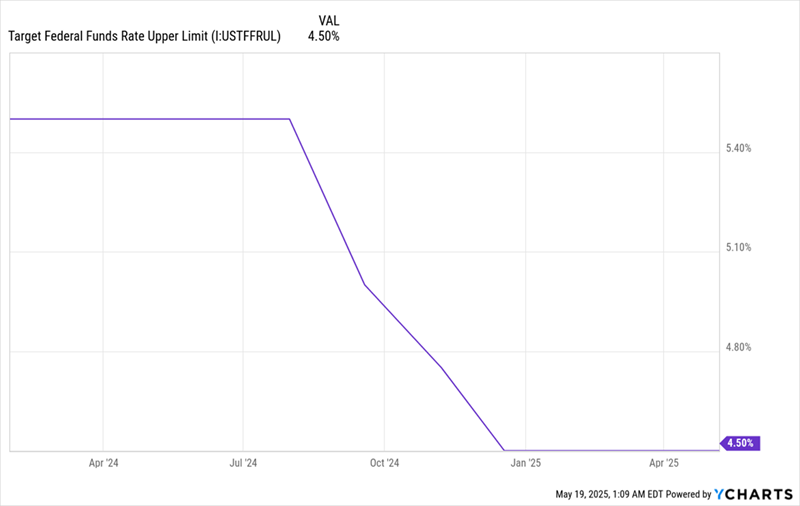CoreWeave Shares Surge After Strong IPO and Nvidia Stake
CoreWeave (NASDAQ: CRWV) has quickly gained attention in the artificial intelligence market. The company launched its initial public offering (IPO) in March 2025. Starting at $39 per share, CoreWeave’s stock has skyrocketed by 130%, now trading at $90 per share.
This impressive rise is partly attributed to the company’s robust first-quarter financial performance. Additionally, significant news emerged when Nvidia announced its ownership of 24 million shares last week, valued at over $2 billion, making up approximately 5% of the outstanding shares.
The Landscape of AI Infrastructure Investment
Investors are keenly interested in artificial intelligence, which promises significant growth in the coming years. The question remains: Can CoreWeave turn a $10,000 investment into $1 million by 2035? This possibility spurs curiosity among potential investors.

Image source: Getty Images.
Understanding CoreWeave’s Position in AI Infrastructure
CoreWeave specializes in cloud infrastructure and software services specifically designed for artificial intelligence (AI) and accelerated computing workloads. This strategic focus sets it apart from larger competitors like Amazon and Microsoft. Recently, research firm SemiAnalysis ranked CoreWeave as the leading GPU cloud provider.
In its first quarter after the IPO, CoreWeave reported a staggering 420% revenue increase to $981 million and an adjusted operating income surge of 550% to $162 million.
The company also announced the acquisition of AI developer platform Weights & Biases, enhancing its service offerings by providing developers crucial tools for training, evaluating, and monitoring AI models. Currently, CoreWeave trades at 16 times sales, which is a moderate figure compared to other players in the field. For instance, Cloudflare trades at 31 times sales, while AI server manufacturer Super Micro Computer is at 1.2 times sales. Understanding sales multiples relative to earnings potential offers insight into stock valuations. However, CoreWeave’s current GAAP losses pose a risk for investors to consider.
Evaluating the Odds of Massive Returns with CoreWeave
To turn $10,000 into $1 million would require a 9,900% increase. Historically, such returns are rare, especially within a decade. For instance, among the S&P 500, only Nvidia achieved this kind of success, with shares rising 25,400% since May 2015, a remarkable 255-fold increase.
However, the chances improve over longer periods. In the last 15 years, three other S&P 500 stocks recorded 100-fold returns:
- Texas Pacific Land: 15,200% gain.
- Axon Enterprise: 15,100% gain.
- Broadcom: 11,400% gain.
Looking further, over a two-decade horizon, another seven stocks joined that elite group:
- Netflix: 51,700% gain.
- Booking Holdings: 21,900% gain.
- Apple: 15,400% gain.
- Amazon: 11,400% gain.
- Intuitive Surgical: 10,600% gain.
- Monolithic Power Systems: 10,500% gain.
- Deckers Outdoor: 10,000% gain.
Currently valued at $42 billion, CoreWeave would need to reach a market cap of $4.2 trillion for a 100-fold return, an outcome that historical data suggests is unlikely in the near term. Nonetheless, with a longer investment horizon, the possibilities remain intriguing.
While there is potential for considerable upside in the next decade, investors should remain cautious. The stock may not be priced for instant gains, but establishing a small position could be worthwhile.
Should You Invest $1,000 in CoreWeave Now?
Before proceeding with a $1,000 investment in CoreWeave, consider this:
Although CoreWeave is garnering attention, it currently isn’t included in the list of the top 10 stocks identified by analysts. These recommended stocks may offer higher upside potential in the coming years.
For instance, if you had invested in Netflix when it was recommended on December 17, 2004, that $1,000 would have grown to about $642,582.* Similarly, an investment in Nvidia following its recommendation on April 15, 2005, would have ballooned to $829,879.*
It’s essential to note that the analyst team’s overall average return is 975 %—a significant achievement compared to 172 % for the S&P 500. Staying updated on the top investment opportunities could yield valuable insights.
*Returns as of May 19, 2025
John Mackey, former CEO of Whole Foods Market, an Amazon subsidiary, is a member of The Motley Fool’s board of directors. Trevor Jennewine has positions in Amazon and Axon Enterprise. The Motley Fool has positions in and recommends Amazon, Apple, Axon Enterprise, Booking Holdings, Cloudflare, Deckers Outdoor, Intuitive Surgical, Microsoft, and Netflix.
The views and opinions expressed herein are those of the author and do not necessarily reflect those of Nasdaq, Inc.






